High cholesterol is particularly low levels of LDL (low-density lipoprotein) and have very risk factor for heart disease and other health issues. If you facing High cholesterol often then making changes to your diet is one of the most effective ways to reduce cholesterol levels naturally. In just seven days, you can see noticeable differences by adopting low cholesterol foods meal plan filled with foods that help lower cholesterol and avoiding those foods that contribute to high cholesterol levels. I have prepared a detailed day-by-day guide to a 7-day meal plan designed to reduce cholesterol naturally for you.
First Let’s Understands Cholesterol and Why It Matters
Before moving into the meal plan, it’s essential to understand how cholesterol works in our body. Cholesterol is a fatty substance found in your blood, necessary for building healthy cells. Still, too much cholesterol, particularly LDL cholesterol, can cause plaque buildup in your arteries, leading to heart disease.
High cholesterol often comes with no symptoms, which is why it’s crucial to monitor it regularly or you can say time to time. Eating foods rich in fiber, healthy fats, and plant-based nutrients can naturally lower LDL cholesterol levels while maintaining or boosting HDL (high-density lipoprotein), which is called “good” cholesterol for your health.
Key Principles for a Cholesterol Lowering Diet
Before outlining the day-to-day meal plan, let’s highlight some dietary strategies you can follow to lower cholesterol diet :
- Increase soluble fiber: Foods rich in soluble fiber, like oats, beans, and apples, help absorb cholesterol in the digestive system.
- Incorporate healthy fats: Swap out saturated fats for heart-healthy monounsaturated and polyunsaturated fats, found in nuts, seeds, and olive oil.
- Consume more plant sterols: Plant sterols, naturally occurring substances found in nuts, seeds, fruits, and vegetables, block cholesterol absorption.
- Avoid trans fats and high cholesterol foods: Processed foods containing trans fats and foods high in saturated fats, such as red meat and dairy products, should be avoided.
Day 1: Kickstart with Fiber and Antioxidants
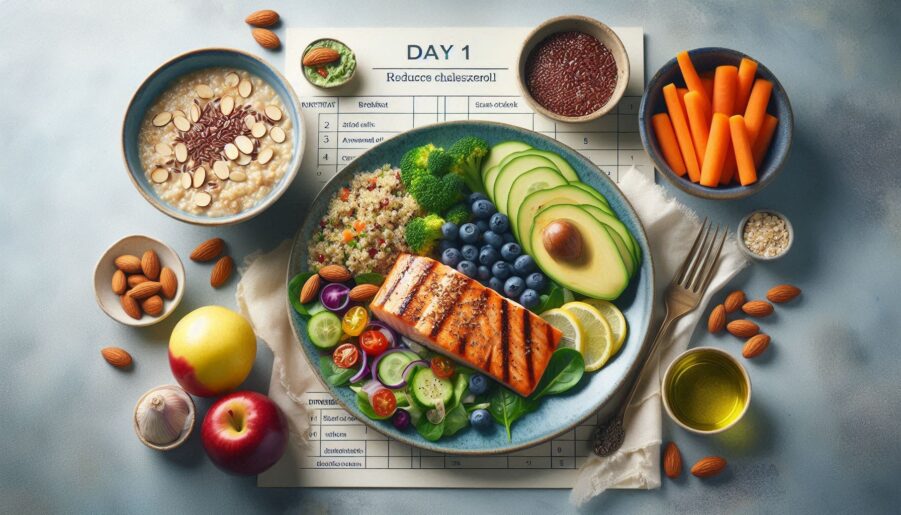
- Breakfast: Oatmeal topped with sliced almonds, flaxseeds, and blueberries. (Oats are one of the most powerful cholesterol-lowering foods, rich in soluble fiber known as beta-glucan.)
- Snack: A small apple and a handful of walnuts (Apples contain pectin, a type of soluble fiber that helps reduce cholesterol.)
- Lunch: Quinoa salad with mixed greens, avocado, cherry tomatoes, cucumbers, and a lemon-olive oil vinaigrette (Avocado is rich in monounsaturated fats, while quinoa is a great fiber source.)
- Snack: Carrot and cucumber sticks with hummus
- Dinner: Grilled salmon with steamed broccoli and brown rice (Salmon is high in omega-3 fatty acids, which help lower LDL cholesterol and raise HDL cholesterol.)
Day 2: Protein and Plant Sterols
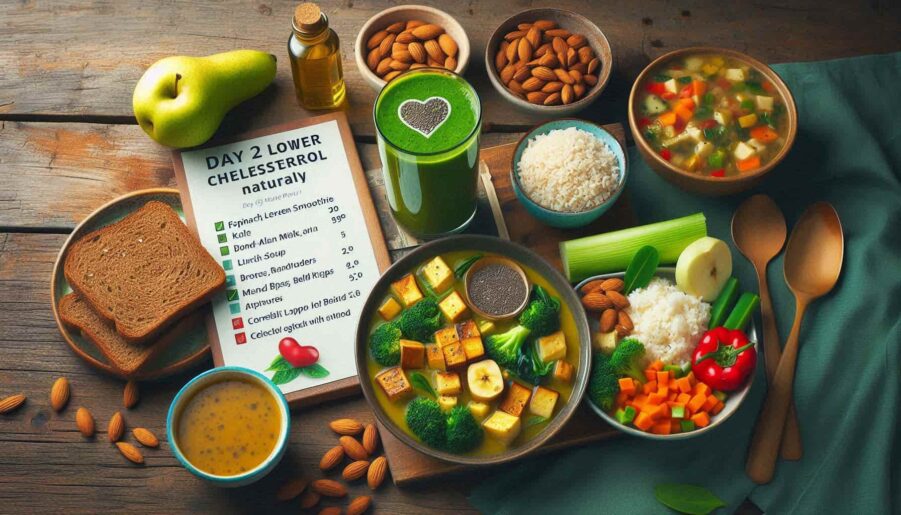
- Breakfast: Smoothie made with spinach, kale, banana, almond milk, and chia seeds (Leafy greens and chia seeds are high in fiber and plant sterols, which help block cholesterol absorption.)
- Snack: A pear and a small handful of almonds (Nuts are great for heart health and lowering LDL cholesterol.)
- Lunch: Lentil soup with whole grain bread (Lentils are rich in soluble fiber, which binds cholesterol in the digestive tract.)
- Snack: A few celery sticks with almond butter
- Dinner: Stir-fried tofu with mixed vegetables (broccoli, carrots, bell peppers) in a sesame oil sauce served with brown rice (Tofu is a low-cholesterol, high-protein option, while vegetables provide antioxidants and fiber.)
Day 3: Omega-3 Boost

- Breakfast: Greek yogurt (low-fat) with ground flaxseeds and sliced strawberries (Flaxseeds are rich in omega-3s, and low-fat yogurt helps reduce cholesterol absorption.)
- Snack: Handful of mixed nuts (particularly walnuts, which are high in omega-3 fatty acids)
- Lunch: Spinach and chickpea salad with olive oil and lemon dressing (Chickpeas are high in soluble fiber, and olive oil provides healthy fats.)
- Snack: Orange slices and a handful of sunflower seeds (Oranges are full of vitamin C and fiber, while sunflower seeds provide healthy fats.)
- Dinner: Grilled mackerel with roasted sweet potatoes and steamed green beans (Mackerel is another great source of omega-3s, which are proven to lower cholesterol.)
Day 4: Focus on Soluble Fiber
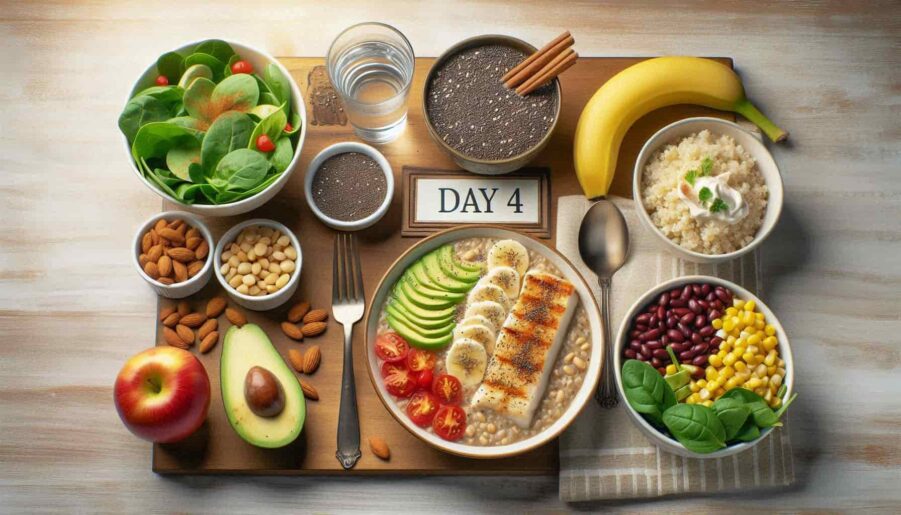
- Breakfast: Oatmeal with chia seeds, banana, and cinnamon (Oats and chia seeds provide high amounts of soluble fiber to reduce cholesterol.)
- Snack: A small citrus fruit like orange and few almonds
- Lunch: Black bean salad with avocado, corn, tomatoes, and cilantro (Black beans are high in fiber, and avocado provides healthy fats.)
- Snack: An apple with a tablespoon of peanut butter (Peanut butter in moderation provides healthy fats, but opt for a low-sugar, natural version.)
- Dinner: Baked cod with quinoa and steamed spinach (Cod is low in fat, and spinach is rich in fiber and antioxidants.)
Day 5: Plant-Based Power
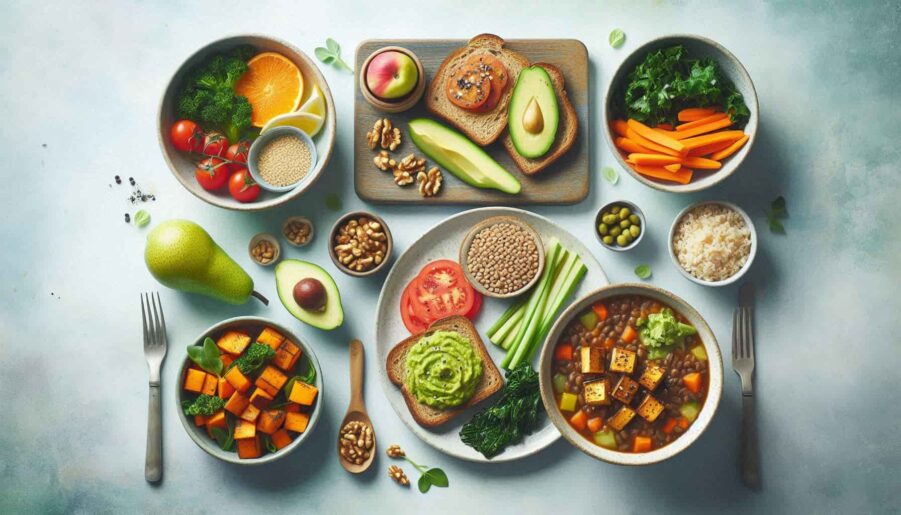
- Breakfast: Whole grain toast with mashed avocado, tomato slices, and a sprinkle of sesame seeds (Avocados and sesame seeds offer healthy fats and fiber.)
- Snack: A handful of walnuts and a small pear
- Lunch: Lentil and vegetable stew (Lentils provide a huge fiber boost, helping lower cholesterol.)
- Snack: Carrot sticks with guacamole
- Dinner: Grilled tofu with sautéed kale, sweet potatoes, and brown rice (Tofu is a good source of protein without cholesterol, and kale provides fiber and antioxidants.)
Day 6: Heart-Healthy Fats

- Breakfast: Smoothie with berries, spinach, almond milk, and flaxseeds (This meal offers a combination of omega-3s, fiber, and antioxidants.)
- Snack: A small handful of walnuts and an apple
- Lunch: Grilled vegetable wrap with hummus on a whole grain tortilla (Hummus is a great plant-based protein, and whole grains provide fiber.)
- Snack: A few slices of cucumber
- Dinner: Baked chicken breast with quinoa and roasted vegetables (opt for lean, skinless chicken, which is lower in cholesterol compared to red meat.)
Day 7: Balanced and Nutrient-Dense
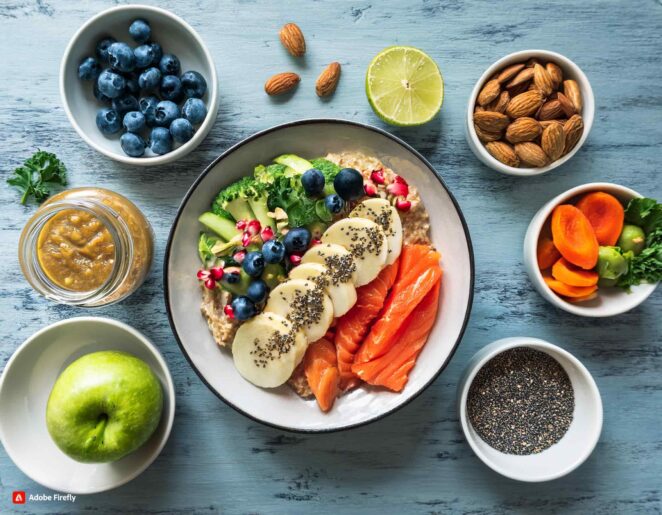
- Breakfast: Oatmeal with almond butter, chia seeds, and mixed berries
- Snack: Half apple or full if small sized with a handful of almonds
- Lunch: Quinoa salad with kale, cherry tomatoes, and cucumber with lemon juice in it.
- Snack: Carrot sticks and hummus
- Dinner: Grilled salmon with steamed broccoli and sweet potatoes
Also Read: Does honey and salt pre workout works ?
Foods to Avoid with High Cholesterol
While following this low cholesterol diet, it’s essential to avoid certain high-cholesterol foods:
- Processed meats like bacon, sausage, and hot dogs, which are high in saturated fats.
- Full-fat dairy products like butter, cream, and whole milk.
- Fried foods that contain trans fats, which raise LDL cholesterol.
- Baked goods like pastries, cakes, and cookies made with saturated and trans fats.
What Reduces Cholesterol Quickly?
Adding more fiber-rich foods (like oats, beans, and fruits) and omega-3 fatty acids (from fatty fish like salmon) in your regular diet plan can help reduce cholesterol levels quickly. Additionally, cutting back on high cholesterol and trans-fat-heavy foods will yield faster results.
Conclusion: How to Reduce Cholesterol in 7 Days Naturally
By following this 7-day meal plan, rich in cholesterol-lowering foods such as fiber-packed oats, omega-3-rich fish, and antioxidant-loaded vegetables, you can begin to lower cholesterol naturally. Avoid high cholesterol foods and embrace a diet full of whole grains, lean proteins, fruits, vegetables, and healthy fats to protect your heart and improve overall health.

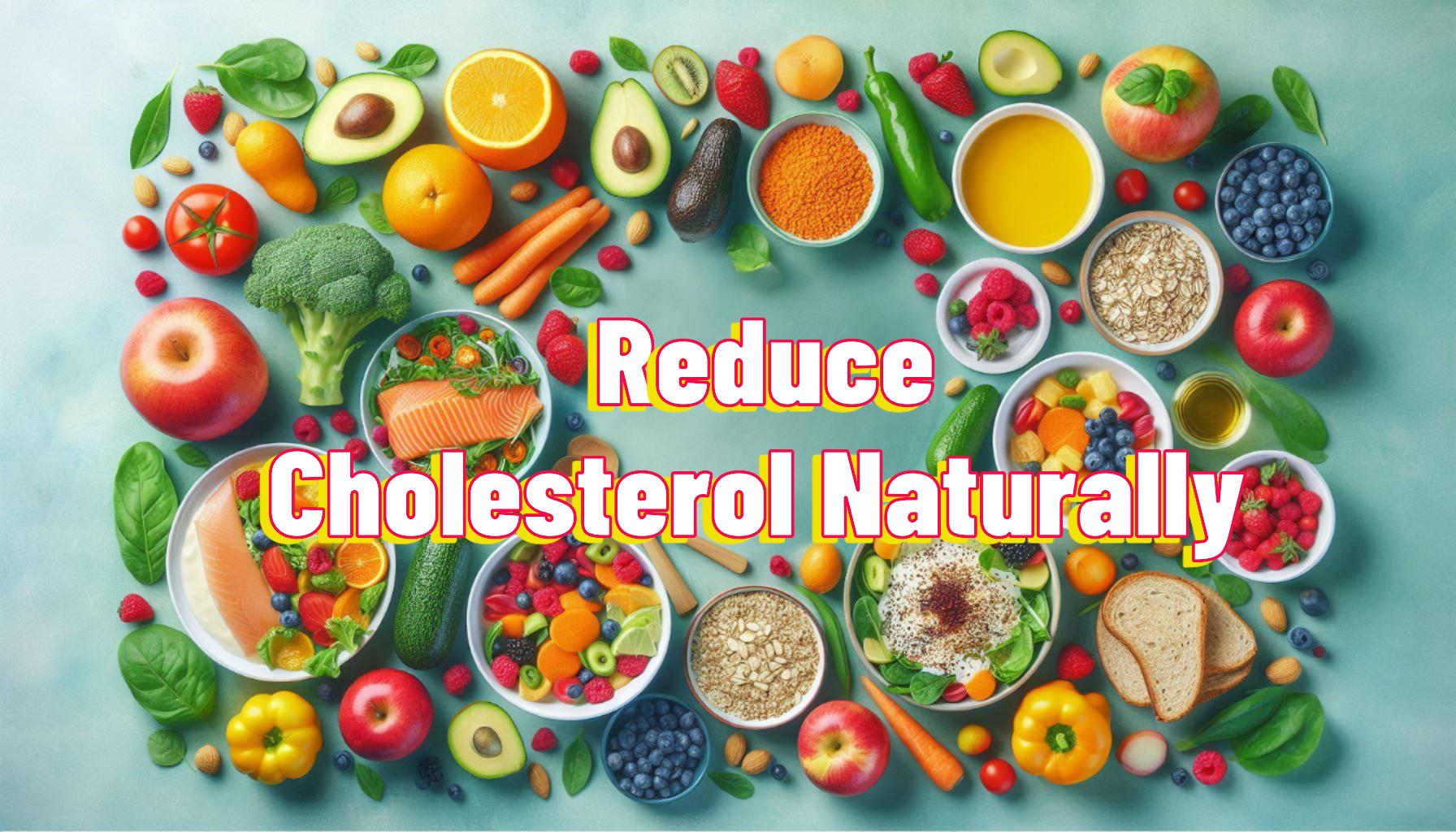
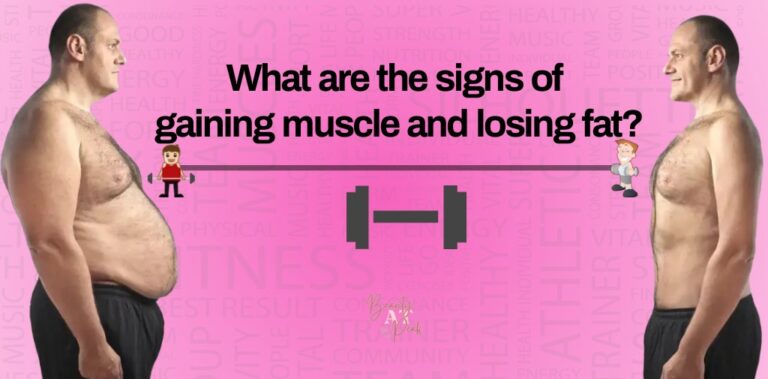
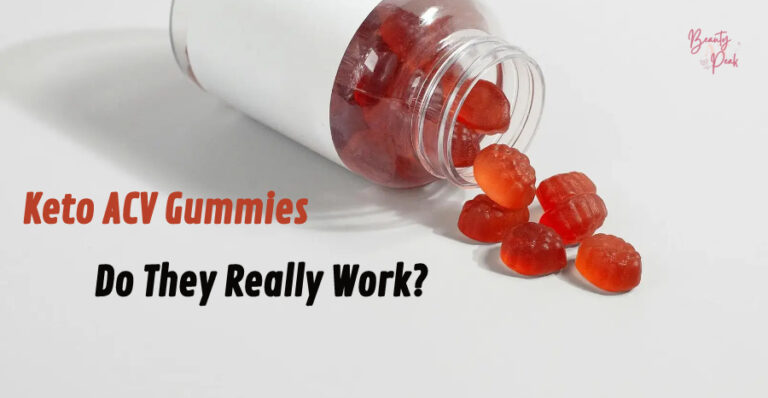
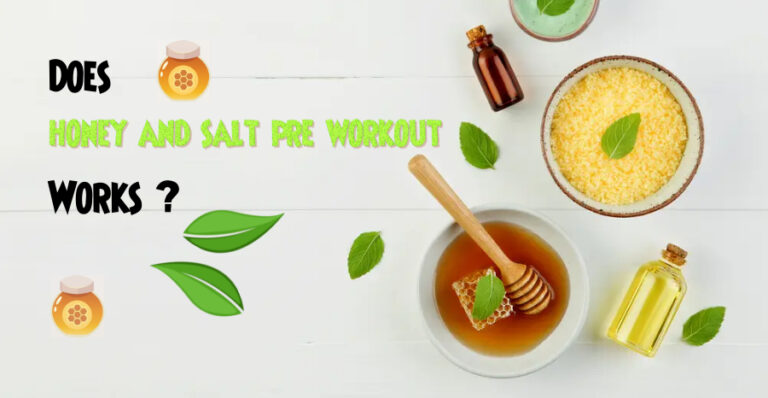


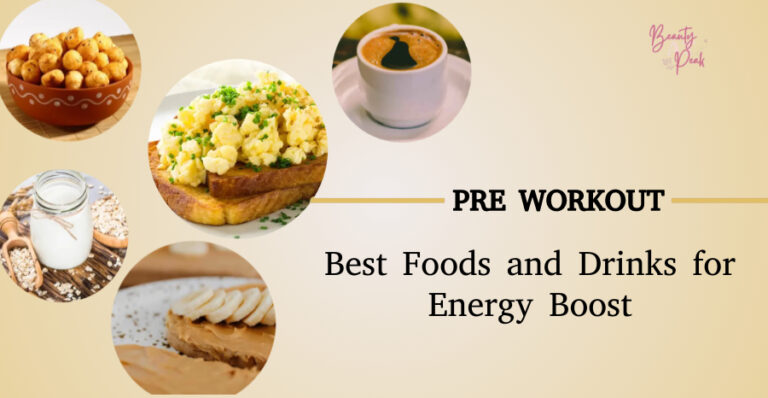
One Comment
Comments are closed.